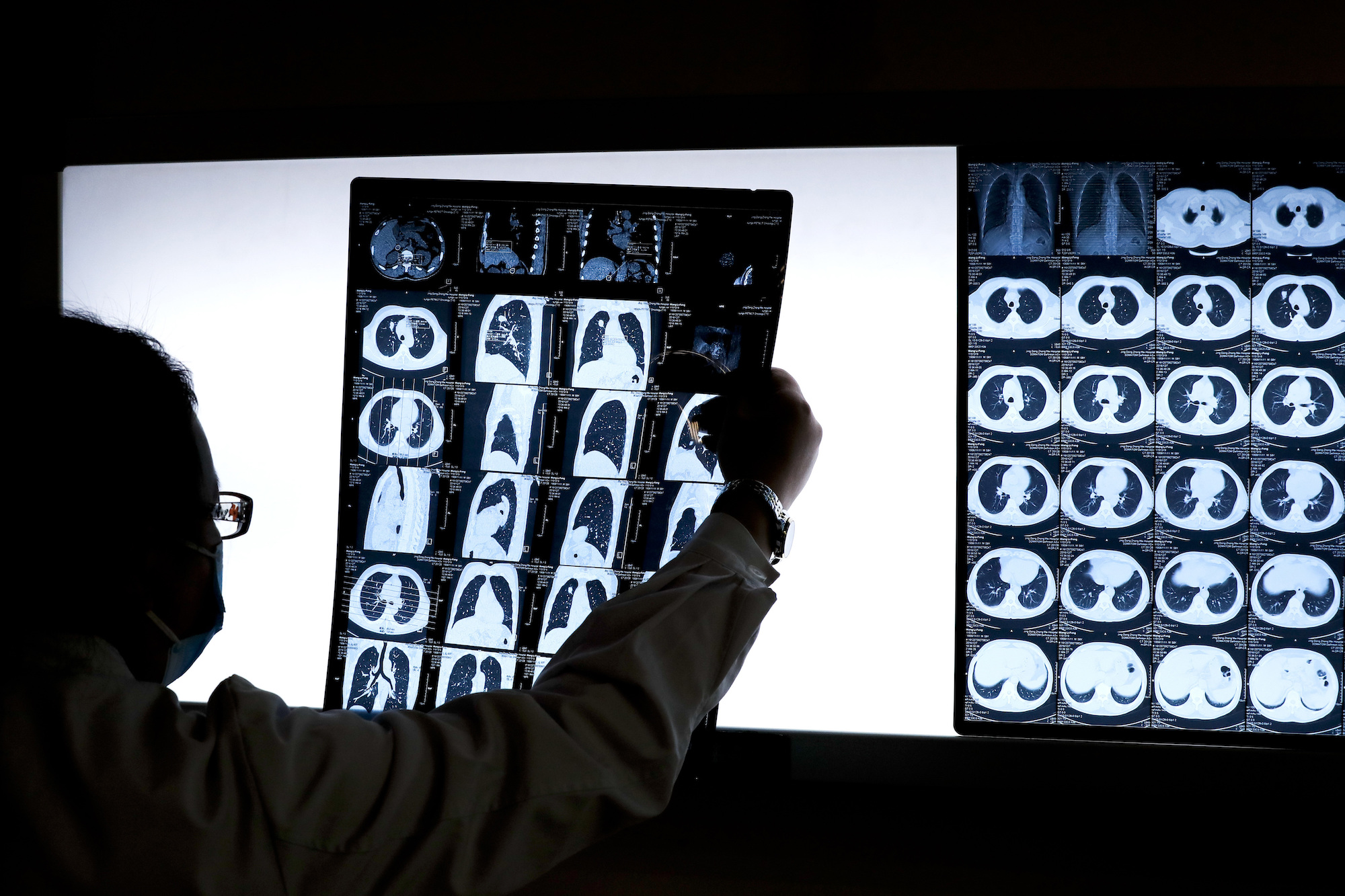Generative adversarial networks, the algorithms responsible for deepfakes, have developed a bit of a bad rap of late. But their ability to synthesize highly realistic images could also have important benefits for medical diagnosis.
Deep-learning algorithms are excellent at pattern-matching in images; they can be trained to detect different types of cancer in a CT scan, differentiate diseases in MRIs, and identify abnormalities in an x-ray. But because of privacy concerns, researchers often don’t have enough training data. This is where GANs come in: they can synthesize more medical images that are indistinguishable from the real ones, effectively multiplying a data set to the necessary quantity.
There is another challenge, though. Deep-learning algorithms need to train on high-resolution images to produce the best predictions, yet synthesizing such high-res images, especially in 3D, takes a lot of computational power. That means it requires special and expensive hardware, making its large-scale use impractical in hospitals.
Don’t settle for half the story.
Get paywall-free access to technology news for the here and now.
